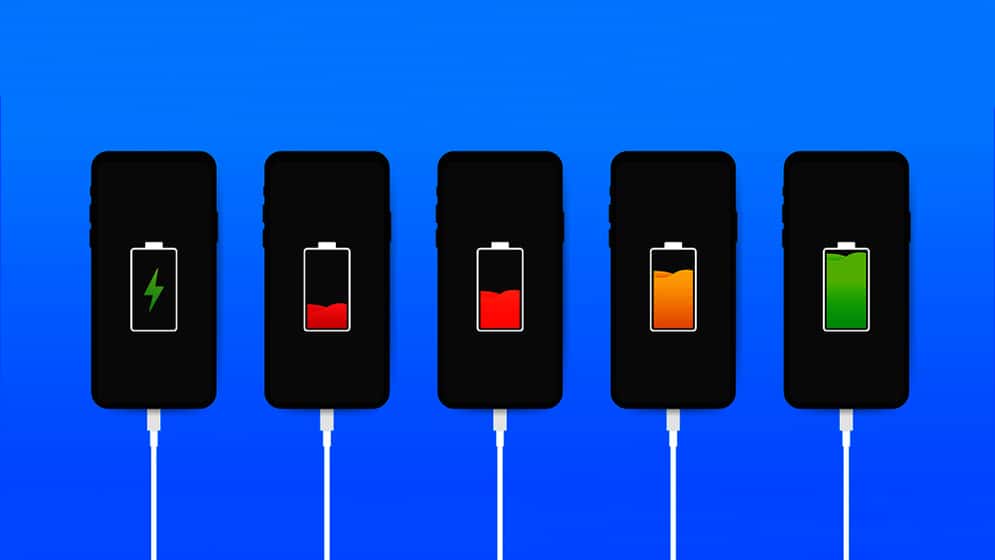- Curved Lithium Polymer battery
- Fast Charge Polymer Battery
- Flexible Polymer Lithium Battery
- Ultra-thin Polymer Battery
/ Blog / Battery Knowledge /
Battery Charger Method
09 Dec, 2021
By hoppt

Are you finding that your battery isn't lasting as long as you'd like? One of the most common issues is that people charge their batteries incorrectly. This article outlines the best method and a couple of frequently asked questions about battery health.
What is the Best Battery Charging Method?
The best method of charging a battery in an electronic device is up for debate. Many factors cause a decline in the power pack. However, one thing is sure - batteries will degrade over time. It's an unstoppable part of owning devices. Still, there is a universally agreed method of extending the battery's life as long as possible.
The best practice for charging lithium-ion batteries is what you could call a sort of 'middleman' method. That means that you shouldn't let your battery power get too low, nor recharge it completely. When charging your electronic device, use these 3 principles to prolong the battery's life:
Don't let your charge drop below 20%
Try not to charge your device above 80-90%
Charge the battery in colder spaces
Charging the battery more often with less amount of time in the plug facilitates better battery health. Charging up to 100% every time causes stress on the battery, significantly speeding up its decline. Letting it run down can also cause adverse effects, which we'll explain below.
Should You Let a Battery Run Down Before Recharging?
The short answer, no. The widespread myth is that you should let your battery reach zero before recharging it again. The reality is that each time you do this, the battery performs a full charge which puts strain on its lifecycle, ultimately shortening it.
The bottom 20% is more of a buffer to support the device on days of high usage, but in reality, it's calling out to be charged. That's why the phone should be set whenever it reaches 20%. Plug it in and charge it up to 80 or 90%.
What are the 7 Stages of Battery Charging?
Charging a battery may seem relatively trivial on the surface. However, the process features multiple stages to ensure the battery's health stays intact as long as possible. There are 7 phases to charging whenever you plug in a device such as your tablet, phone, or laptop. These stages are outlined below:
1.Battery Desulphation
2.Soft Start Charging
3.Bulk Charging
4.Absorption
5.Battery Analysis
6.Reconditioning
7.Float Charging
The loose definition of the process starts by eliminating sulfate deposits and eases into the charge for the device. Most of the power happens in the 'bulk phase' and finalizes by absorbing a high voltage.
The last stages include analyzing the charge to check battery health and reconditions for the next powerup. It ends on the float, where the complete charge remains on low voltage to prevent overheating.
How Do I Check the Health of My Laptop Battery?
Laptop batteries are of the most common concern considering our need for their mobility. Owners will check the battery's health frequently to make sure they are getting the most of them. If you run Windows, you can investigate your laptop battery health by:
1.Right-clicking the start button
2.Select 'Windows PowerShell' from the menu
3.Copy 'powercfg /battery report /output C:\battery-report.html' into the command line
4.Press enter
5.A battery health report will be generated into the 'Devices and Drives 'folder



